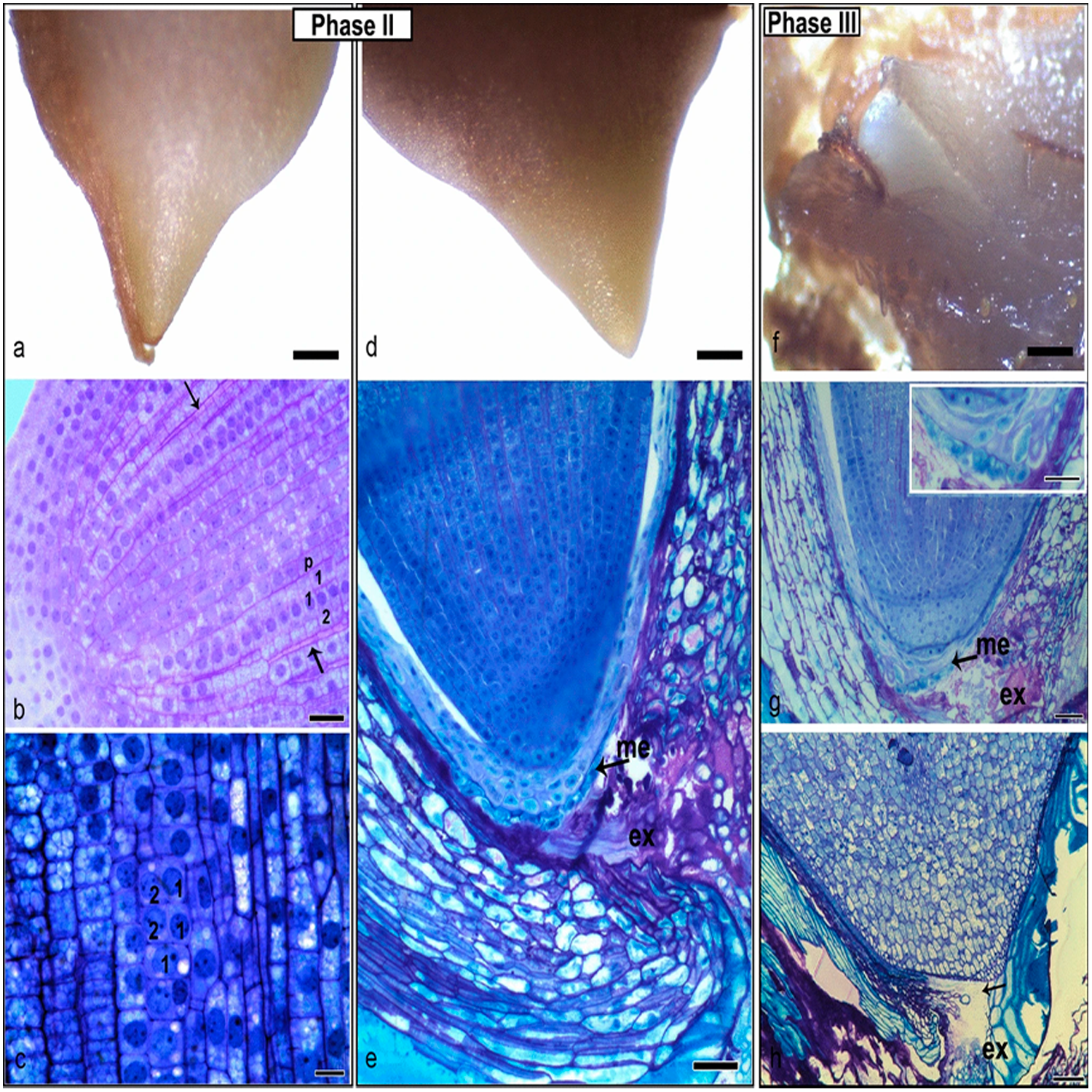Acta Physiologiae Plantarum, Volume 46, article number 33, 2024
Abstract
Considering that Asteraceae is an important plant family, we have identified a valuable opportunity to study seed germination a wild species of this family, Trichocline catharinensis. Seed germination involves many factors for a transition from low-energy metabolism to a growing seedling. Our understanding of changes of DNA methylation, chromatin structure, and cell cycle activity prior to root protrusion are more limited. Our study allows observed these changes, in the three stages of germination, when it is the promoted by gibberellic acid (GA), or fluridone (FLU) inhibitor of ABA synthesis, or when the process is not succeeded by paclobutrazol (PAC) inhibitor of GA synthesis. Ultrastructural analysis showed cell vacuolization in the hypocotyl-radicle axis by the transformation of protein storage vacuoles to vacuoles, which occurred prior to the initiation of cell elongation. Compacted chromatin in electron-dense regions (heterochromatin) was observed in the mature seeds, becoming loosened during germination in regions of euchromatin. It was identified cells with replicated 4C DNA content (G2 phase of cell cycle) before radicle protrusion, when the reduction of global DNA methylation (GDM) occurs, and DNA replication is possibly initiated. These observations suggest, cell division activation has been to precede radicle protrusion, initiated between phases I and II. When germination is inhibited by PAC, the levels of GDM decreased dramatically in phase III. The results provide information which are necessary for agronomically important practices, such as seed priming. Furthermore, raise to a biological groundwork for future studies looking for use and conservation of biodiversity.
Cell division and dynamics in global DNA methylation associated with radicle protrusion in Trichocline catharinensis seeds (Asteraceae)
